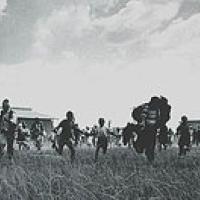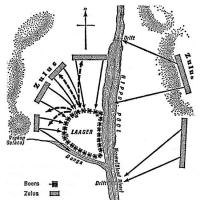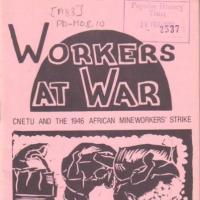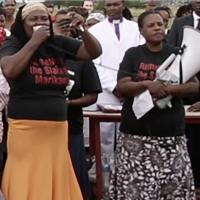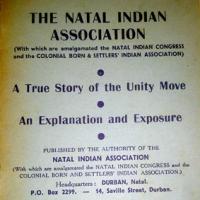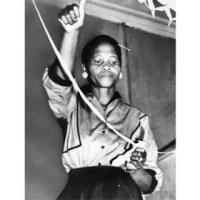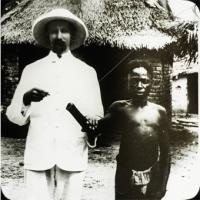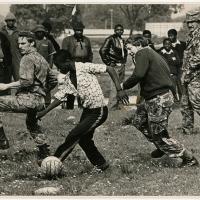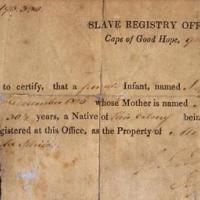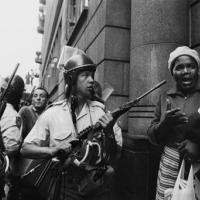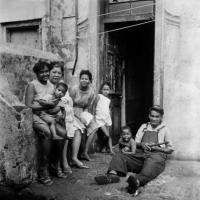Ignatius ‘Iggy’ or ‘Gab’ Mthebule was a student activist and leader associated with the Azanian Student Organisation (AZASO) in 1975. Iggy’s brother, Samuel Mthebule, testified before the Truth and Reconciliation Commission (TRC) and mentioned that Iggy was expelled from University of the North (now Limpopo) in 1976. He was a promising student and even had a black belt in karate. Samuel also said that Iggy had gone into exile in about 1981.
Iggy received military training in Maputo, Mozambique and was sent back home as an underground African National Congress (ANC) operative working mostly in Johannesburg. He was working closely with Joy Harden an apartheid agent who he met while working in Maputo; Iggy had no knowledge of this. Harden handed Iggy over to the security police at a restaurant in Hillbrow, Johannesburg in January 1987. His whereabouts are still unknown to this day. Mthebule’s story is remembered in an interview by Mac Maharaj on 15 January 2003 for the Nelson Mandela Centre for Memory.
